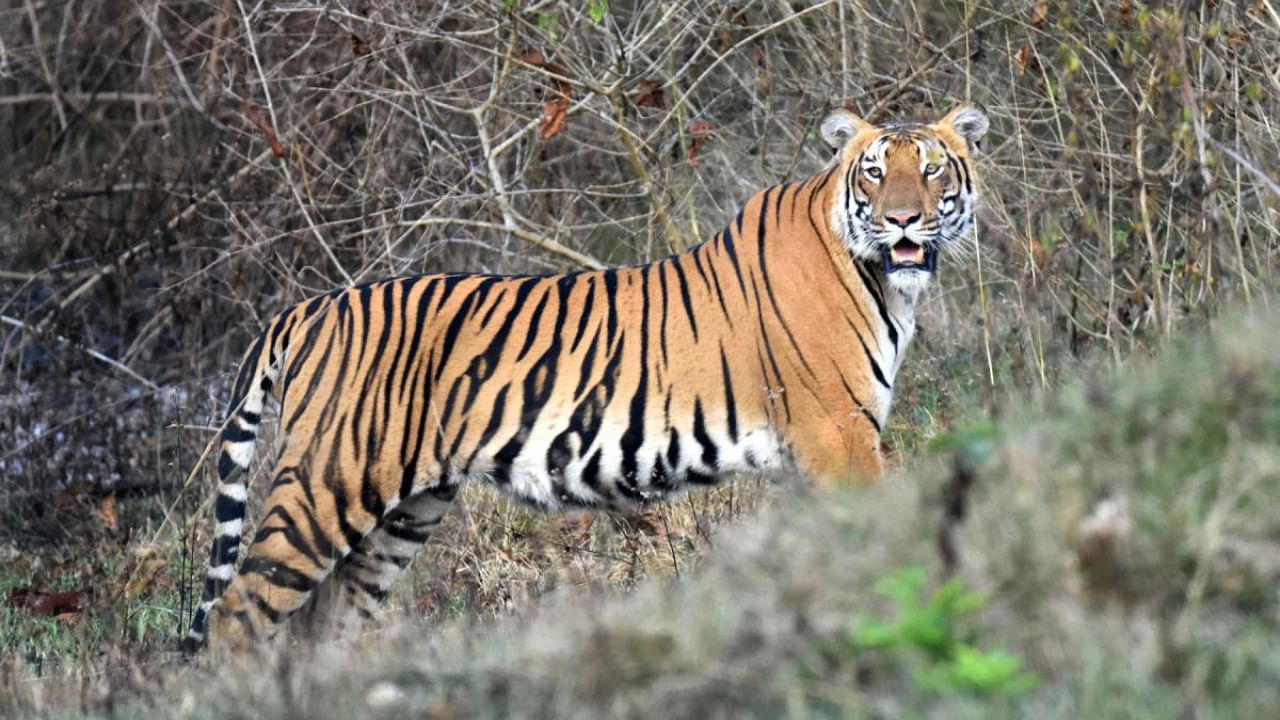
It is time for the celebration of the golden jubilee of the state's first 'Project Tiger' at Bandipur tiger reserve. In these 50 years, it has evolved as a model to the entire nation.
In 1972, 'Project Tiger' was implemented in the tiger reserves of the entire country, including Bandipur, to save tigers, whose numbers were dwindling.
On November 16, 1973, the then Chief Minister D Devaraj Urs launched Project Tiger in Bandipur.
During the launch of the project, there were 12 tigers in Bandipur.
As per the tiger census held in 2020, it has the country's second highest - 143 tigers and 200 leopards.
Bandipur has the country's highest - 3,046 elephants, according to Dr Ramesh Kumar, director of Project Tiger, Bandipur.
Besides deers and hundreds of other animals, Bandipur is also home to more than 260 species of birds.
Bandipur tiger reserve is spread over 1,036 square km in Gundlupet taluk of Chamarajanagar district and Nanjangud and HD Kote taluks of Mysuru district.
It is adjacent to Nagarahole tiger reserve of Mysuru district, Tamil Nadu's Mudumalai and Kerala's Wayanad tiger reserves.
On February 19, 1941, Venugopala wildlife sanctuary of Gundlupet taluk in Chamarajanagar district and other forests around it were merged.
In 1975, more reserve forests around it were merged and named as Bandipur national park. Then, it was spread over 874.20 sq km.
Bandipur, also known as an eco-tourism destination, is getting a revenue of Rs 10 crore to Rs 12 crore per year, from safaris and guest houses.
Bandipur is haunted by lantana plants and 60% of the forest is covered with weed. Although it was cleared from 800 hectares so far, with MGNREGA (Mahatma Gandhi National Rural Employment Guarantee Act) and corporate social responsibility funds.
Man-animal conflict is another challenge faced by the tiger reserve, which is surrounded by 156 villages, with over a lakh population on its peripheries. Also, incidents of forest fires and poaching are reported here, frequently.